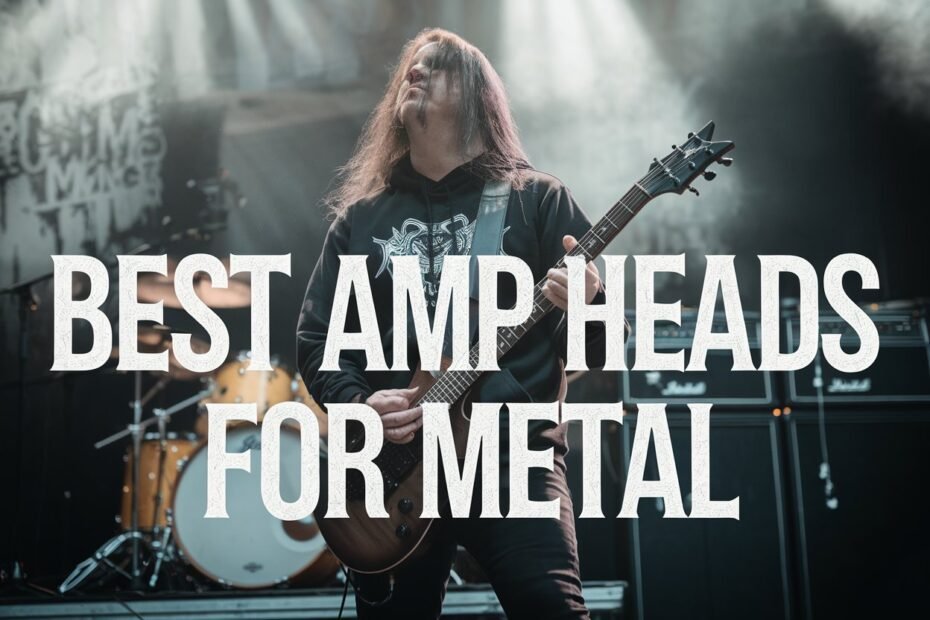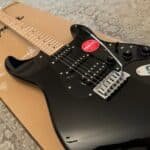Alright, so you’re in the market for an amp head that screams metal, huh?
You’ve already got the guitar, the passion, and that totally metal attitude, but now you’re missing the piece that’ll make your sound punch people in the face.
No worries – there are amp heads out there ready to melt faces and take your tone to the stratosphere 😉
Best Amp Heads For Metal: TL;DR
In a rush? Here’s the rundown on these bad boys:
- Orange Dual Terror Head – Loud, gritty, with vintage rock-meets-metal vibes.
- Marshall Studio Vintage SV20H – Crunchy British tones that’ll tear through any mix.
- Mesa Boogie Badlander 50 – Super versatile, perfect for all metal styles.
- EVH 5150 Iconic 80W Top BK – High gain and heavy. Eddie Van Halen’s signature amp.
- Marshall 1959 HW – Vintage Marshall sounds, with a twist, ready for metal madness.

1. Orange Dual Terror Head

Ah, Orange amps – they’re like that one friend who’s a little too intense, but always brings the fun. The Dual Terror Head is all about that fat, warm sound. It’s got two channels: Tiny Terror (sounds exactly like it doesn’t) and Fat (because yeah, that’s what it is).
You can switch between 30W, 15W, and 7W, meaning it works for practice or when you wanna rattle some windows. Let’s be real – you’re not buying an Orange to play it quiet. This amp screams classic rock meets metal in all the right ways.
Key Features:
- 30W Class A power (read: it’s beefy)
- Two channels: Tiny Terror and Fat, both with gain, tone, volume (the essentials)
- Switchable wattage options for different rooms or moods (nice, right?)
- Built like a tank – serious white steel housing
- Comes with a padded gig bag for easy travel (Orange thought of everything)
Why I Recommend It:
This amp’s the real deal. It’s got that gritty, gritty tone, but it’s also versatile and practical. Metal? Yes. Rock? Yes. It’s not the amp for everyone, but if you know what you want, Orange gets you. And honestly, it looks pretty badass on stage, too. 😏
For those who are looking for more cool and punchy amps, check out this list of 8 fantastic combos!
2. Marshall Studio Vintage SV20H

Here we go… the Marshall SV20H. It’s basically a slice of British rock history, but don’t let that fool you – this little monster does metal like a champ.
Modeled after the 1959 SLP, the SV20H comes packed with classic British crunch that sounds big even though it’s “only” 20W. And if you’re looking to bring it down a notch, you can drop it to 5W (perfect for not waking the whole neighborhood, or… less than that).
Key Features:
- 20W, switchable down to 5W (let’s hear it for power control!)
- Four inputs on a single-channel layout – basically, total control over your tone
- Classic ECC83 and EL34 tubes for that Marshall roar you want
- DI out (direct recording or PA, if you’re skipping the mic)
- Compact size (so maybe you can take it places without a roadie)
Why I Recommend It:
This amp is kinda like that legendary rock star who can still rip at age 70. Classic tones? Check. Big sound? Check. But, it’s got enough punch to keep up with even modern metal tones. It’s Marshall – what else do you need?
I’m a huge fan of Marshalls to be honest. For those who want to read more about their gear, have a look on this list of top 10 Marshall amps!
3. Mesa Boogie Badlander 50 Amp Head
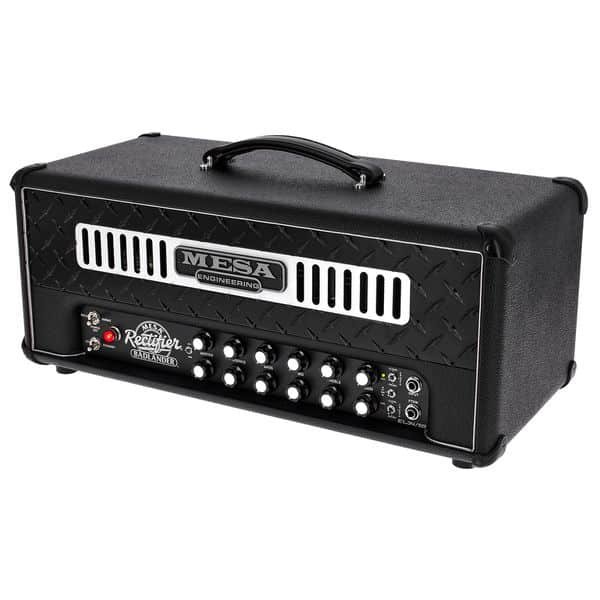
The Badlander 50 – this one’s for players who want it all. Mesa Boogie is known for being both versatile and killer for heavy genres, and the Badlander doesn’t disappoint.
It’s got two channels, tons of control options (maybe even too many, if you’re indecisive), and the option to switch down to 20W if you’re playing at home. With its clean and crunch modes, this thing pretty much does whatever you want, which makes it a winner for different types of metal.
Key Features:
- 50W but switchable down to 20W (you decide how loud or quiet you wanna go)
- Dual channels with clean/crunch and a ridiculous amount of controls
- CabClone IR built-in (that’s basically a big deal if you’re recording)
- Tube-switching for different tones – EL34 to 6V6, your call
- Built-in 12AX7 and EL34 tubes (aka, classic, versatile tones)
Why I Recommend It:
Mesa Boogie = quality. And this amp head pretty much covers everything. From bone-crunching heavy to smooth cleans, the Badlander 50 just works.
If you like to fine-tune your tone and want an amp that’s basically built to tour with you (or just make your room sound like a concert), this one’s it.
4. EVH 5150 Iconic 80W Top BK
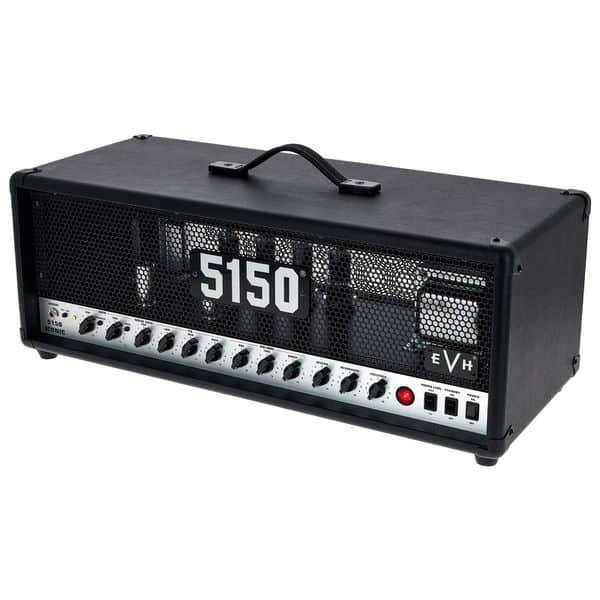
Ah, the EVH 5150 Iconic – a high-gain monster, and let’s be honest, Eddie Van Halen approved. Packed with two channels and 80W, it’s here for metalheads who love an intense, aggressive sound.
This amp’s got overdrive and burn switches on both channels, letting you push things even harder when you want to. Plus, a noise gate for keeping things clean – good luck finding that on every amp.
Key Features:
- 80W with switchable power levels (also, be careful – this thing is LOUD)
- Dual channels with options for gain, EQ, and built-in reverb
- Noise gate and burn switch (so you can keep things tight even at high volumes)
- JJ 6L6 tubes for thick, bold tone
- Overdrive and burn options for the crunchiest of crunches
Why I Recommend It:
The 5150 Iconic is high-gain magic, plain and simple. It’s built for heavy stuff, from metal to shredding solos. If you want brutal and clear tones without having to add tons of pedals, this amp will get you there. Plus, the price point is pretty decent for what you’re getting.
Looking for more gear recommendations? Read this – Best Guitars For Black Metal!
5. Marshall 1959 HW

Now, let’s end with the Marshall 1959 HW – this is a piece of rock history, and it sounds like it. Yep, it’s all hand-wired (super rare these days), and loaded with ECC83 and EL34 tubes, giving you pure classic tone.
Jimi Hendrix used this amp, and yeah, it’s vintage, but with a little tweak here and there, it’s also ready to tackle any modern metal sound. It’s loud, raw, and the kind of amp you might never want to put down. IMO it’s one of the best on today’s list!
Key Features:
- 100W power for a massive, stadium-level sound
- Hand-wired, which means every detail matters for tone
- Two channels, totally patchable, for different input setups
- Classic tube setup with ECC83 and EL34 tubes
- Built tough and made to last – if amps had warranties forever, this would get it
Why I Recommend It:
If you’re a tone purist, this amp will blow your mind. It’s loud, powerful, and has that classic rock sound that has no problem holding its own in metal.
Plus, it’s hand-wired, so yeah, the quality is hard to beat. It’s an investment, but the kind that’ll pay off every time you plug in.
Which One’s Best? Subjective Opinion

So… here’s how these amps stack up (all winners, but let’s be real):
| Amp Head | Why It’s Good | My Rating |
|---|---|---|
| Orange Dual Terror | Gritty, rock-meets-metal tone | 8/10 |
| Marshall SV20H | Classic crunch for metalheads who love rock vibes | 9/10 |
| Mesa Boogie Badlander | Ultimate versatility and quality | 9.5/10 |
| EVH 5150 Iconic | Built for metal, with high gain and power | 9/10 |
| Marshall 1959 HW | Pure rock history with the power to match | 8.5/10 |
Best Overall: Mesa Boogie Badlander 50

Hands down, the Mesa Boogie Badlander takes the crown for versatility. With its two channels and tube-switching options, it lets you dial in tones from subtle to savage. It’s like the amp for players who need it all – heavy, but not locked into just one sound.
You could be jamming smooth blues one day, then hitting brutal death metal riffs the next. This one does it all and does it well.
Best for Classic Metal Lovers: Marshall SV20H
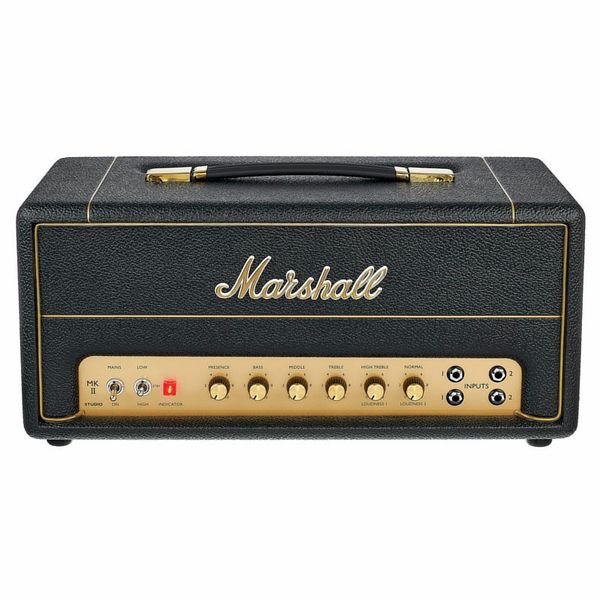
The Marshall SV20H is an absolute classic – perfect for players who want a heavy but warm tone that’s less modern and more vintage metal.
It’s got that iconic British crunch that defined rock and metal’s roots, so if you’re into classic tones but still need some grit, this amp’s your answer. Also, it’s one of the lighter ones here, so, uh, say thank you to Marshall for saving your back.
Best for Brutal Metal Tones: EVH 5150 Iconic
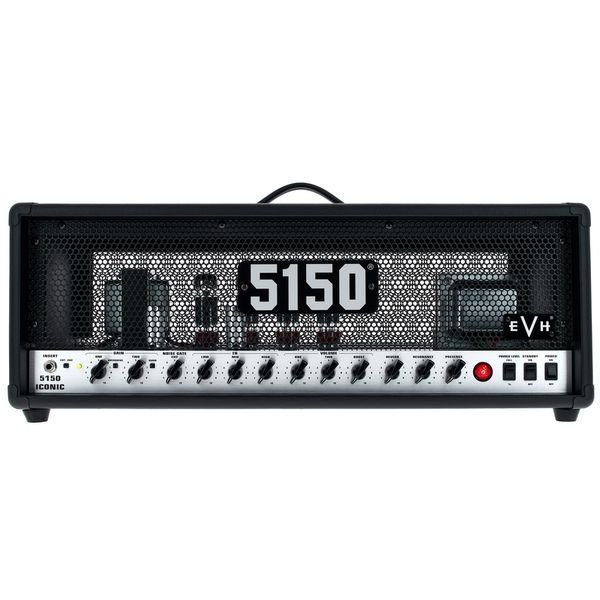
Now, if you live for high-gain riffing and ear-splitting solos, EVH 5150 Iconic is here for you. This one’s heavy and intense – basically, it’s designed for shredders.
Two channels, with burn and overdrive switches, make it perfect for heavy distortion while keeping your tones clear. This is the amp you’d wanna crank up when you need to go full volume with zero apology.
For more tips and gear recommendations, visit my YouTube channels: Strefa Gitar (Polish) and Best Guitars Now (English)
FAQ (The Questions Everyone’s Asking)
1. How loud is too loud for these amp heads?
Short answer: very. Long answer: it depends on where you’re playing. With wattage ranging from 20W (Marshall SV20H) to a hefty 80W (EVH 5150), you could fill up a stadium if you’re not careful. Even lower-watt amps like the SV20H get LOUD when pushed. Warning: always check with your neighbors (or don’t).
2. Can I actually use these amps at home?
Yep, you totally can – some have lower wattage settings like 15W or 5W to make this possible. Just keep in mind that even at low wattage, they’re no whisper machines. Look for options with switchable power settings if you’re jamming at home (you’ll be thankful, trust me).
3. What’s the real difference between 6L6 and EL34 tubes?
6L6s are thicker, smoother, great for modern metal, while EL34s give a raw, crunchy British tone. Think of EL34s as the British punk-rock cousin to the smoother, deeper sound of 6L6s. With the Mesa Boogie Badlander, you can even switch between these – a pretty sweet option if you want both sounds.
4. Is hand-wired better than PCB boards?
Hand-wired amps like the Marshall 1959 HW do offer a warmer, more “organic” sound that a lot of tone purists swear by. The downside? They’re heavier, pricier, and sometimes less consistent. PCB boards are easier to manufacture and often more reliable in the long run, so they’re common in modern amps. It’s a matter of taste, really.
5. How often should I change my tubes?
Depends on how often you play – if you’re a daily player, every 6-12 months should keep you in top shape. For occasional players, you can go longer. Just listen for signs like dull sound, weaker volume, or your amp cutting out – these are your amp’s way of saying, “Hey, I need some new tubes!”
6. What’s the DI output for?
DI out is a super handy feature if you’re recording. It lets you plug straight into recording equipment or PA without needing to mic up a cab, so you get clean, high-quality sound. On the Mesa Boogie Badlander, the CabClone IR adds cabinet simulation, which can give you a studio-ready tone without the hassle.
7. Why do I even need all these channels and switches?
Good question! Each switch and channel gives you flexibility. More channels mean you can jump from clean to heavy at the stomp of a footswitch, and extra controls (like on the EVH 5150) let you refine each setting. If you’re in a single-channel amp like the Marshall SV20H, you’ll work a bit harder to switch tones on the fly – but it’s all about your playing style.
Final Thoughts
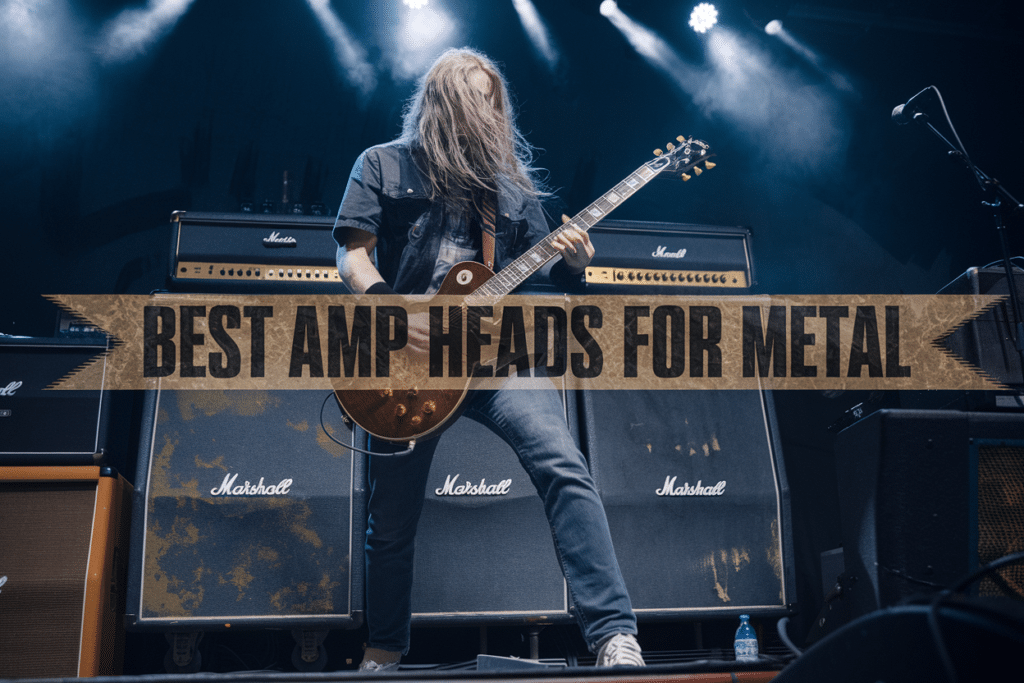
Alright, now you know what you’re working with. These amp heads are all great, but which one’s right? That’s up to you and your sound. Do you want heavy and modern, or classic and crunchy?
The best amp is the one that inspires you to play – simple as that 😉 thanks for reading!
